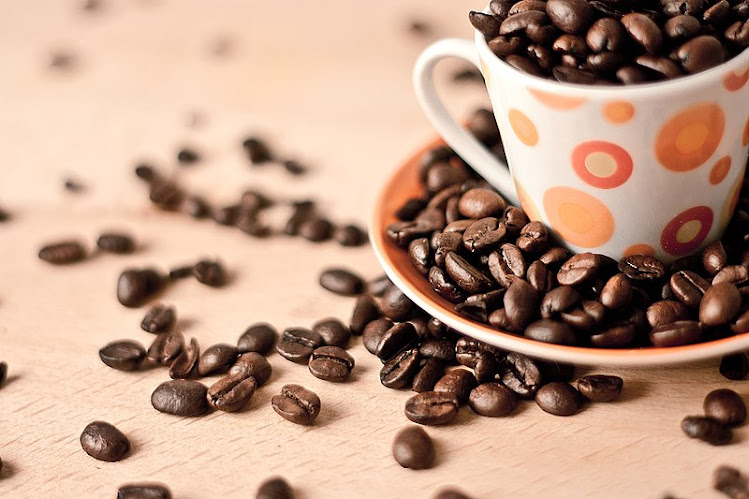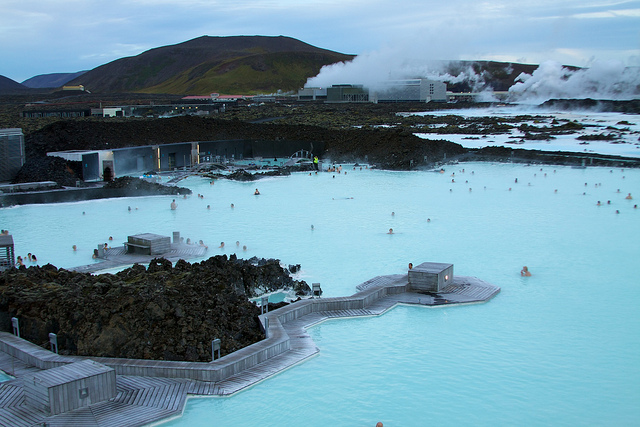ICELAND, Food with crops.
Food They Eat And Crops They Grow
Agriculture in Iceland
Iceland is known as the land of ice and fire, and the truth is that it is an island of contrasts. In just over 100,000 km² there are glaciers and points that remain snowy 365 days a year, but also others where hot springs sprout at 40 or 50 degrees Celsius, or even hotter. The entire country is dotted with these springs, where Icelanders flock to shake off the cold.
Geothermal energy in Iceland is produced by volcanic activity in the subsoil. It serves to provide electricity, heating and hot water to the island. And, for centuries, to favor agriculture. "By planting crops on land directly heated by geothermal steam, early farmers were able to extend the potato and grain growing seasons by a few more months in Iceland's cold winters."
Icelandic farmers are believed to be among the first to use geothermal energy in agriculture. There are records of this activity from the 1800s, in which he indicates that they did it to lengthen the growing season. Without this source of heat, it would be very difficult to grow crops during most of the year due to the low temperatures, although in the Gulf Stream it favors a more temperate climate in areas with the same altitude, the few hours of light during the winter and the impact of meteorological phenomena such as rain or snow.
Lighting and CO 2 in greenhouses
In the 20th century Icelanders began to further exploit this advantage in the same way as other more temperate countries: with greenhouses. The first date from 1924 and were plastic-coated metal structures. A century later, today, most are made of glass and work with almost perfect machines, with highly optimized resource consumption.
After the lack of natural lighting, farmers began to include artificial lighting powered by geothermal energy, this enriches the greenhouses with CO 2 from, these changes have resulted in a significant increase in production.
Most of Iceland's greenhouses are in the southern part of the island, where both most of Iceland's population and most of the geothermal sources are concentrated. Cucumber, tomato, peppers, strawberries and flowers, such as roses, are mainly grown here. Most of the products are intended for local consumption, although there are plans to send some foods, for example cucumbers, to Denmark.
Sustainability and self-sufficiency
In these crops, Icelanders see a possibility to grow their local market, gain sustainability and achieve self-sufficiency. “Icelanders have a generally positive view of locally sourced food. According to a 2016 study, more than 70% of Icelandic consumers think that local food is healthy and safe, and more than 80% are satisfied with the quality of their purchase”, point out Gina Butrico and David Howard Kaplan, workers at the “ Greenhouse agriculture in the Icelandic Food System”.
Sustainability also comes into play: if it were not produced there, most of the vegetables that would arrive in Iceland would come from southern Europe and would go through a long process of production, packaging and shipping.
The need to be self-sufficient is something that has become a priority for future Icelanders after the eruption of the volcano in 2010 and its economic crisis in 2008. Therefore, in 2017 they were able to produce several tons of vegetables, enough to satisfy the demands of its population, which barely reaches 350,000 people.






Comentarios
Publicar un comentario